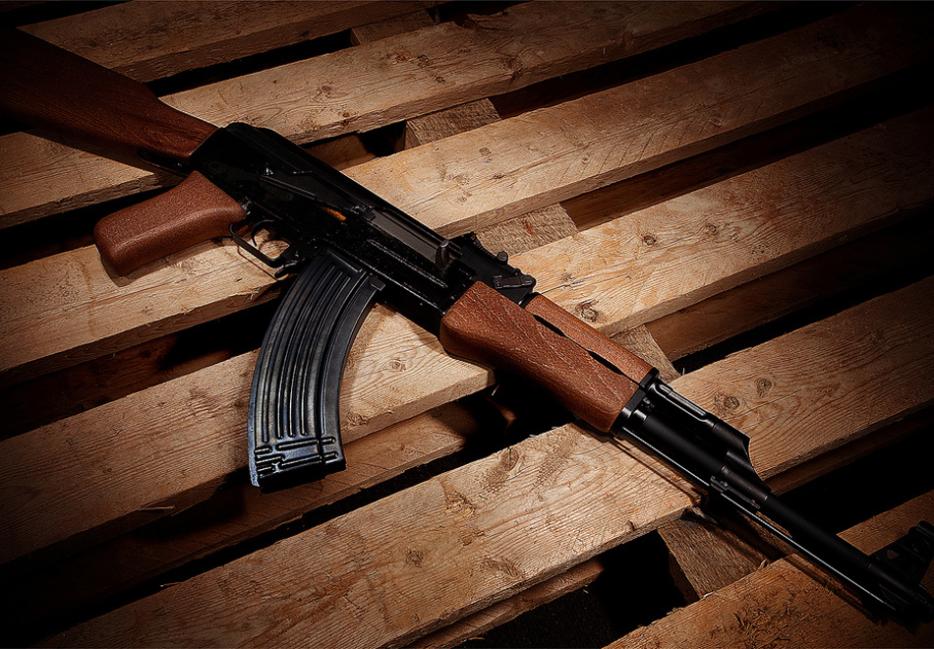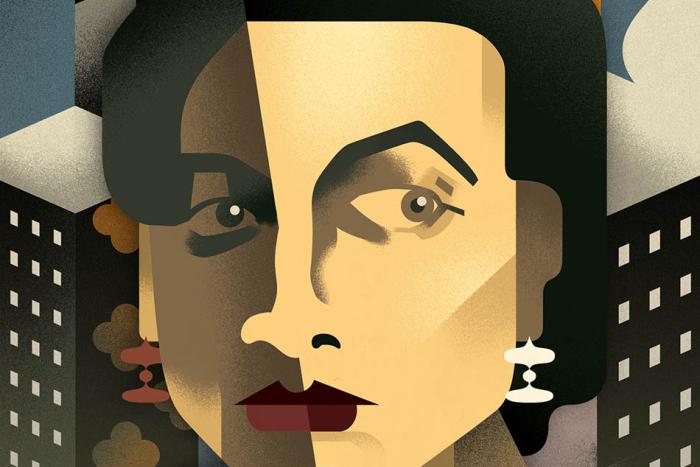Sixty years ago yesterday, the Soviet army launched the offensive that ended the 872-day siege of Leningrad, one of the more ghastly periods of a globally ghastly war. The titanic battles between the Nazis and Soviets on the eastern front—with names like Kursk and Stalingrad—are now just memories of what mass warfare was like in an age when whole industrialized societies tried as hard as possible to obliterate each other. A quarter-century of prosperity after the end of the Cold War, almost nothing about that world is recognizable today.
Except, of course, the guns. It was in one of those battles on the eastern front that Mikhail Kalashnikov realized that the Nazi rifles shooting at him were much, much better than anything the Red Army had to offer, and vowed that his country would at least have a decent goddamn rifle the next time an enemy crossed Russia’s frontiers bringing fire and the sword. Because history is sometimes funny, Kalashnikov didn’t get his design approved for manufacture until two years after the Red Army took Berlin—it started rolling off the lines in 1947, hence the world’s most ubiquitous weapon, the AK-47. It was put to use killing people in large numbers beginning in the 1950s, and even in comparatively quiet times is now estimated to be killing a quarter of a million people a year.
Kalashnikov died just before Christmas last year, and despite years of claiming that he was untroubled by guilt over the staggering death toll his creation had racked up, it now seems he was fibbing: Kalashnikov wrote to the head of the Russian Orthodox Church before his death, begging to know if God would hold him responsible for all the dead. And the dead certainly number in the tens of millions: as RT.com put it after Kalashnikov’s death, “AK-47s have caused more deaths than artillery fire, airstrikes and rocket attacks combined.”
Kalashnikov is the photo negative of a man like Norman Borlaug. Borlaug is widely hailed as the father of the Green Revolution, having massively increased food output in the developing world with new strains of wheat. When he died in 2009, he was eulogized as having saved a billion lives from hunger and malnutrition. The two men have something very basic in common: they’ve massively reshaped the world we live in, but their contributions are almost amusingly prosaic. Hardier wheat? A better gun?
Borlaug’s contribution is easy to label as an obvious good: more people are healthy and happy because food is more plentiful than it would otherwise be. While Kalashnikov’s contribution seems easier to label as an obvious bad, that might be a mistake borne out of the fact that westerners are more likely to have an AK-47 pointed at them than be the ones doing the pointing. In other parts of the world, the gun is seen as a weapon of liberation, a symbol of sovereignty. Mozambique puts it on the national flag.
Kalashnikov may indeed be responsible for the deaths of millions—though the Orthodox Patriarch Kirill told him not to spend his last months worrying. If we take it out of the world of morality and put it in the world of economics, you could say the AK-47 permanently increased the cost of war—it’s like a peculiar form of inflation. But war was already, almost everywhere and always, a terrible idea before 1947. (Look at the countries that started World War II. It didn’t end well for any of them.) Despite the examples of the 20th, and now the 21st century, it still seems only the dead have seen the end of war.
But it’s not Kalashnikov’s fault he lived on a planet of slow learners.






